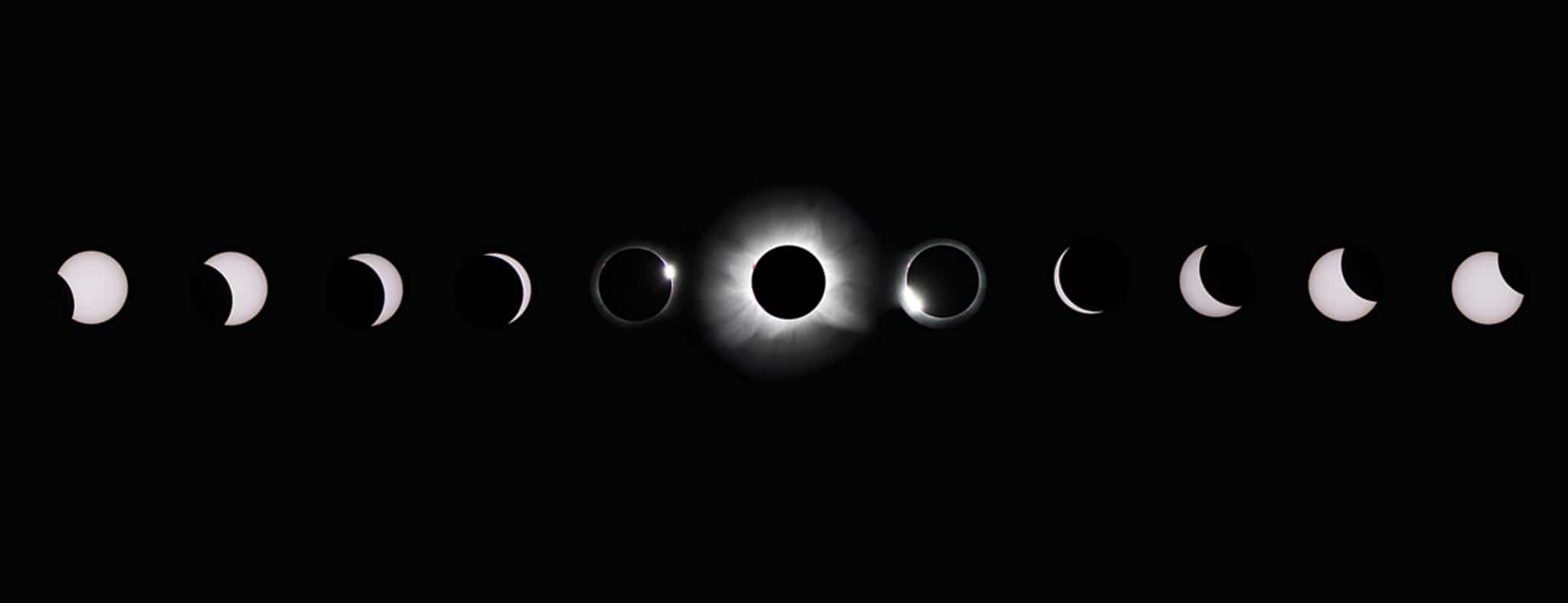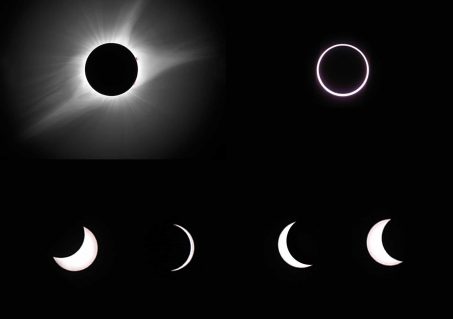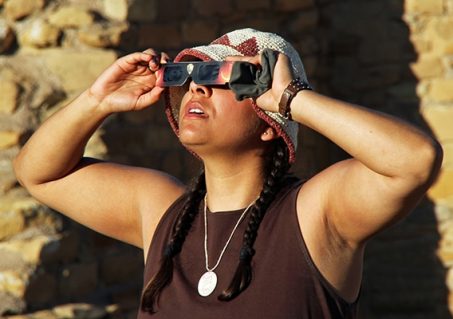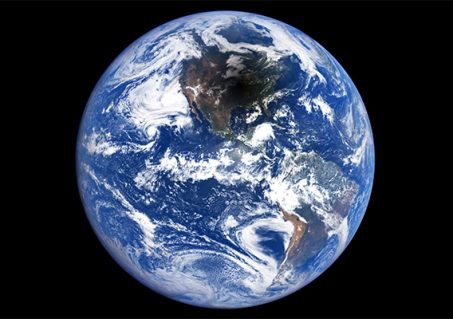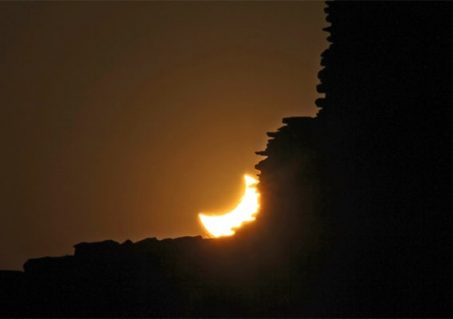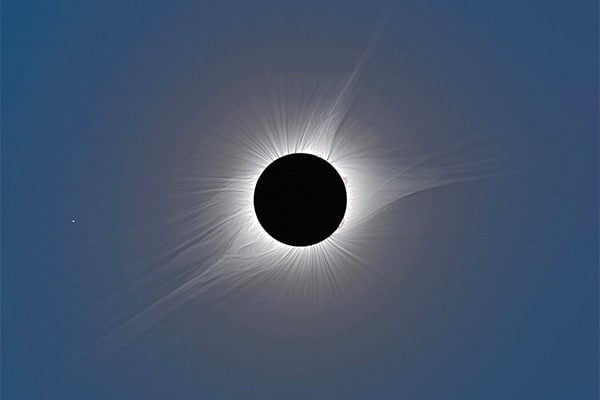“Don’t miss this once-in-a-lifetime experience!” That’s how total solar eclipse trips are often sold—it’s a unique event, so don’t miss out. But look at our blog that lists upcoming total eclipses. There, you’ll see that as long as you’re willing to travel, total solar eclipses aren’t unique. In fact, totality occurs about every 18 months or so. But if you’re not willing to travel, then you’re going to have a bit of a wait. On average, any particular spot on Earth sees a total solar eclipse only once every 375 years!
When it comes to eclipses of the Sun, there are more possibilities than totality (though a total solar eclipse is, by far, the most spectacular). There are also annular eclipses, partial eclipses, and even rare, oddball hybrid eclipses. So, how often do we have a solar eclipse?


